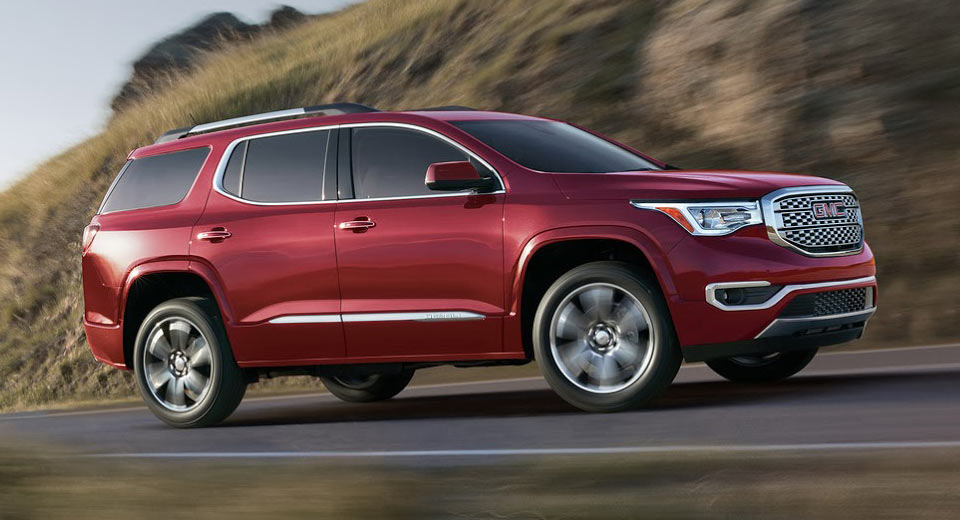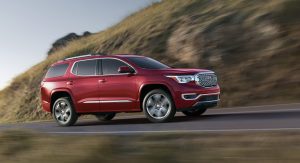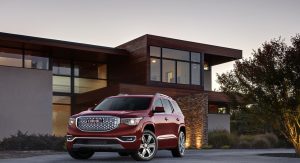GM’s new Acadia is an improvement over the outgoing model (which is still on sale), offering an up-to-date engine line-up, improved tech, and less weight.
The second-gen Acadia, revealed at the North American International Auto Show last January weighs 700 pounds (317 kg) less than the model it replaces. That’s partly due to its reduced size compared to the old variant (being shorter by 7.2 inches in length, 3.5 inches in width and 3.9 inches in height) and partly due to GM’s manufacturing process.
The new Acadia uses lightweight steel in its construction, but unlike most cars, many of the parts of the Acadia’s underbody are held together thanks to an advanced adhesives similar to those used in modern airplanes, according to the New York Times.
This “superglue” bonds the parts not just in certain spots but all along the seam where they connect, improving rigidity. That’s how was GM able to switch to thinner steel, in some cases, helping the Acadia shed almost the equivalent of a 1956 BMW Isetta.
Ultimately, “it’s all the little things that add up to the big number,” as Charlie Klein, executive director of GM’s global carbon-emissions reduction strategy, said.
As a result, fuel economy has improved, with the 2.5-liter four-cylinder returning 22 miles per gallon in the city (13 lt/100km) and 28 mpg on the highway (10 lt/100km). The car was thought and constructed to be part of GM’s 54.5MPG by 2025 average – a standard that EPA and NTHSA have put in place in order to reduce greenhouse gasses and improve fuel economy.











